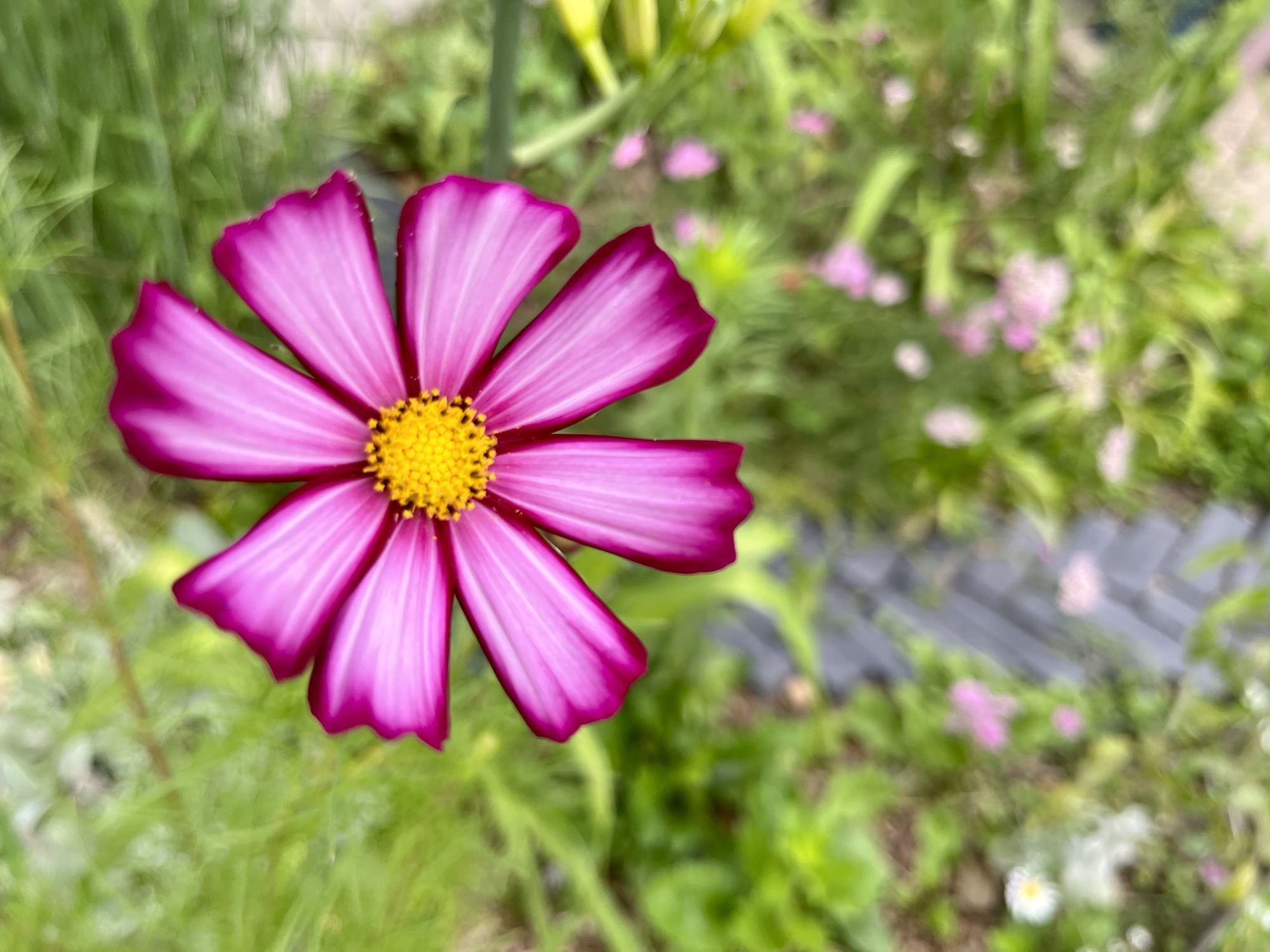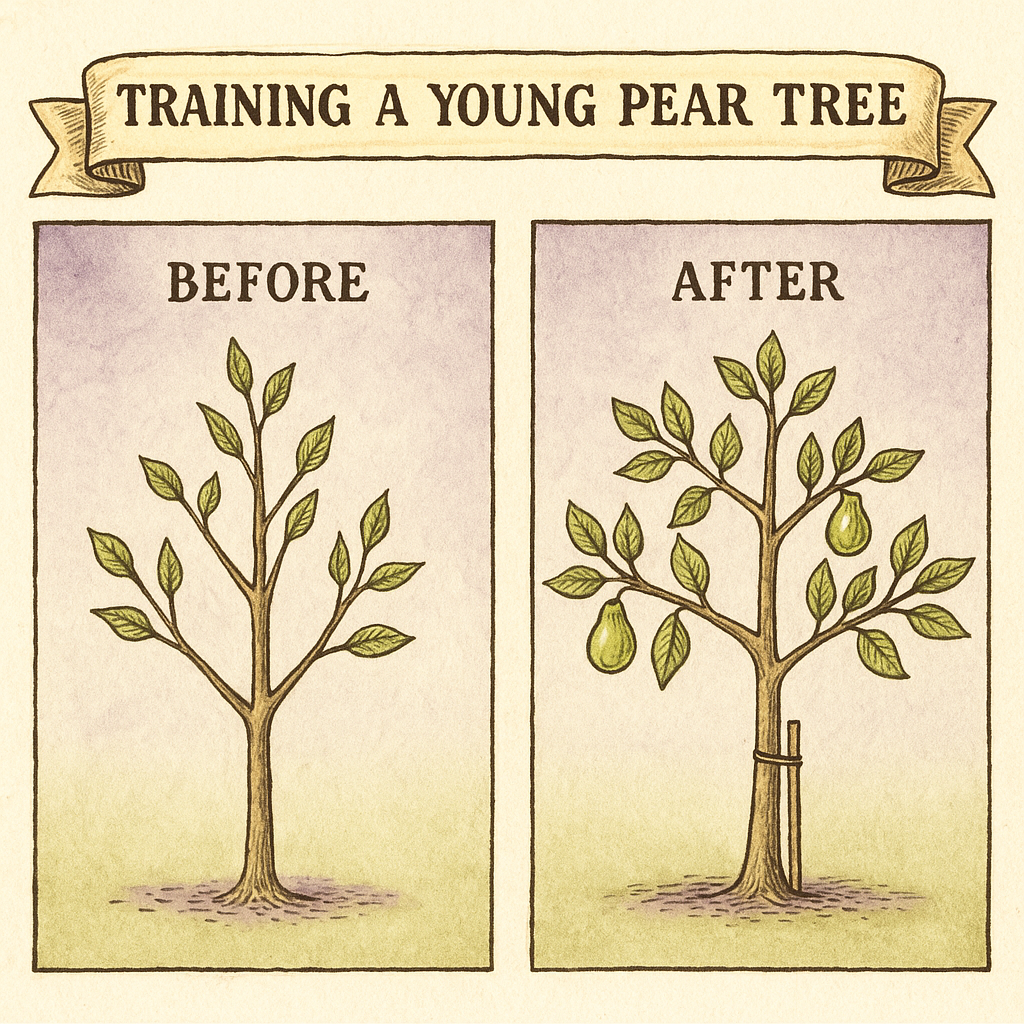🌿🍽️ My Fern Feast! (Wild Edibles)

From Morels to Ramps: Cooking with Wild Plants in Ohio
There’s something deeply grounding about gathering your own food from the forest floor. Over the last several years, I’ve fallen in love with the art of foraging and the joy of experimenting in the kitchen with what I find. Whether it’s crafting a rich soup from foraged greens or simply sautéing a handful of wild mushrooms in butter over a campfire, cooking with wild plants has become a favorite part of my outdoor lifestyle.
Like many Ohioans, my earliest memories of foraging revolve around morel mushrooms. I was barely old enough to walk when I was tagging along on spring hikes through the rolling woods of Richland and Crawford counties, eyes peeled for that honeycomb texture poking through leaf litter. That seasonal ritual of morel hunting stuck with me—and eventually opened the door to a whole world of edible plants and mushrooms waiting in the hills and hollers of Ohio.
Know What You Found
But of course, step one in any wild food adventure is proper identification. There’s no shortcut here: you must be 100% certain of what you’ve found before it goes anywhere near your plate. Books, local experts, field guides, and cautious observation are all essential tools. A wrong guess can lead to more than just a bad flavor—it can be dangerous or even deadly.
Once you have that knowledge and confidence, the real fun begins. Here are just a few of my favorite wild edibles to cook with:













I will add more to this blog later, but for now hopefully you are inspired to get out there and gather! (Make sure only to take less than half of a wild crop and gather responsibly so that it can thrive next year and for years to come!)
🌿 Ramps
Also called wild leeks, these garlicky, oniony greens are a spring favorite. I like to sauté the bulbs and stems in butter, then add them to scrambled eggs or blend into a ramp pesto. Their flavor is bold, so a little goes a long way.
🍄 Morels
The classic. Earthy, meaty, and impossible to duplicate with store-bought mushrooms. I clean them gently, slice them lengthwise, and pan-fry with butter, garlic, and a splash of white wine—or tuck them into cream sauces or risottos. Here are some FB groups for people who enjoy hunting Ohio Morels: Ohio Morel Group … Ohio Morel Hunters with Morals
🌼 Daylily Buds
Before they bloom, daylily buds can be treated like a vegetable. Toss them in olive oil and roast, or stir-fry them with sesame and soy. Their slightly sweet, green-bean-like texture is a hidden gem.
🌱 Fiddleheads
These coiled young ferns are a fleeting spring delicacy. They need to be boiled briefly before cooking to remove bitterness and potential toxins. After that, a quick sauté with lemon and butter is perfect.
🍄 Oyster Mushrooms
Often found growing in shelf-like clusters on dead hardwoods, oyster mushrooms are mild and slightly sweet. I love them in stir-fries or cooked into broth-based soups for their velvety texture.
🍄 Chicken of the Woods & Hen of the Woods
These are hearty mushrooms that can mimic the texture of—you guessed it—chicken. I slice them into strips, season generously, and grill or pan-fry. Hen of the Woods (maitake) also makes a great “pulled” mushroom for tacos or sandwiches.
🌸 Squash Blossoms
While not wild per se, squash flowers are a great foraged treat in backyard gardens or abandoned homesteads. Stuffed with cheese and fried or baked, they’re delicate and flavorful.
🌿 Hostas
Yes—those leafy shade plants you see in landscaping are edible when young! The tightly rolled shoots (called hostons) in early spring can be harvested and sautéed like asparagus.
Cooking in the Wild
Many of my favorite meals have been cooked while camping—simple, smoky, satisfying. A pan of daylilies and mushrooms sizzling over an open flame, a ramp and egg scramble after an early hike, or soup simmering in a Dutch oven with fiddleheads and wild greens—it doesn’t get better than that.
Foraging has made my hikes more intentional and my meals more meaningful. It’s a way of connecting with nature, slowing down, and appreciating the gifts growing all around us. Whether you’re a seasoned mushroom hunter or just curious about edible plants, there’s always more to discover.
Just remember: never eat anything unless you’re absolutely sure it’s safe. When in doubt, leave it out—and enjoy the process of learning along the way.
Get out there!
































